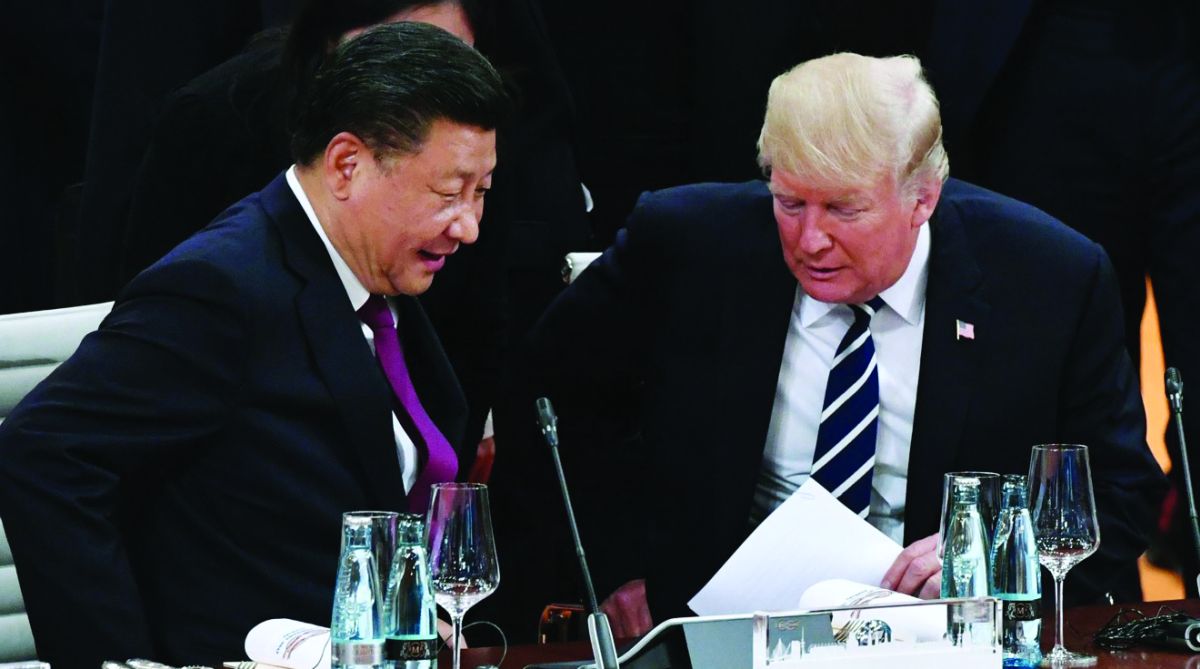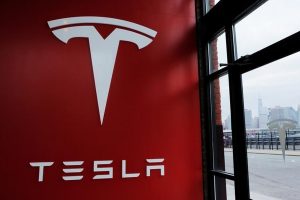The oceanic waters get choppier still with the renewed trade offensive by Donald Trump. It may not be a full-scale trade war quite yet, but the US President has definitely ratcheted up the pressure with the announcement that the White House will impose new tariffs on Chinese imports worth $200 billion, and another $267 billion if Beijing made any attempt to retaliate.
It would be presumptuous at this juncture to rule out a reprisal from across the seas in the manner of the US commerce secretary, Wilbur Ross, who is reported to have remarked that China is “out of bullets”. Not quite. More accurately, there is no solution and the dispute could linger for 20 years, indeed the misgivings expressed by the billionaire, Jack Ma.
Advertisement
As the political storm gathers and America gears up for crucial midterm elections, there is little or nothing that can be expected at the bilateral talks that are scheduled to be held this month. The economic tussle between the two giants is ever so strained. President Trump appears to be depending on the increased antagonism towards China across the political spectrum, a feeling that has been prompted by its economic policies and the manner in which Beijing is exercising its increased strength under the President-for-life, Xi Jinping.
Beyond the apparent dispute over specific tariffs, the differences between Washington and Beijing relate to the way the Chinese state supports its corporate enterprises and intervenes in the economy, at the cost of foreign companies. Even if reformers in the country believe that changes are needed for their own sake, Beijing will scarcely rush to effect a political as well as economic overhaul. China’s approach has thus far been measured.
In the immediate aftermath of the measures, Beijing has announced counter-tariffs on US imports worth $60 billion ~ at a lower rate than previously listed. It has couched its move with the assurance that it is a “forced response”. China is acutely aware of the potential repercussions of its counter-offensive not least because of the disagreement over how to handle the issue.
Indeed, attempts to make progress with more sympathetic US interlocutors have proved pointless because of the divisions within the Trump administration. China exports around four times as much to the US as the US does to China, so is running out of goods to target.
American and Chinese business enterprises and consumers will not be the only ones to pay for this conflict. Japan, which has its own disagreements with China, has called for a swift resolution for fear of its impact. Cecilia Malmström, the European Union’s trade commissioner, has said it agreed with some of the US complaints but not its tactics.
Any serious attempt to address Chinese trade policies will require a multilateral approach and considerable patience. Neither is associated with Mr Trump. As Gabriel García Márquez once wrote so famously, “it is easier to start a war than to end it”.











